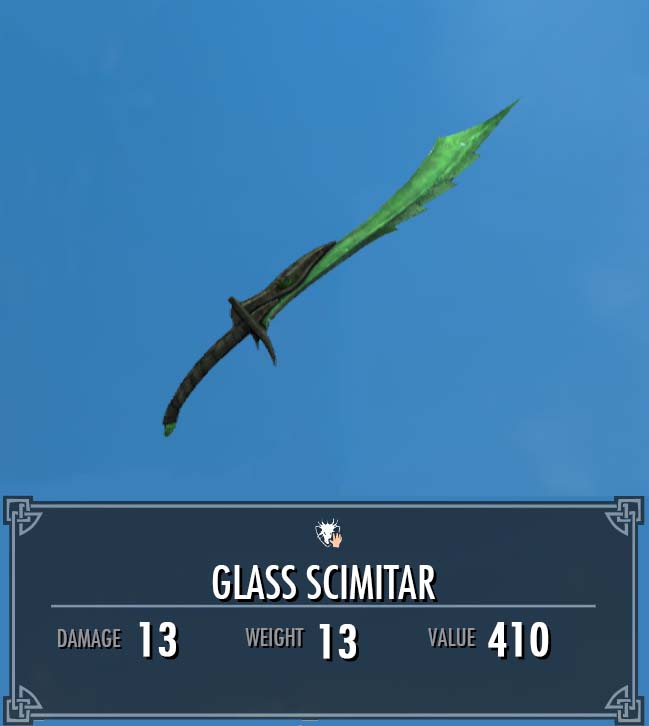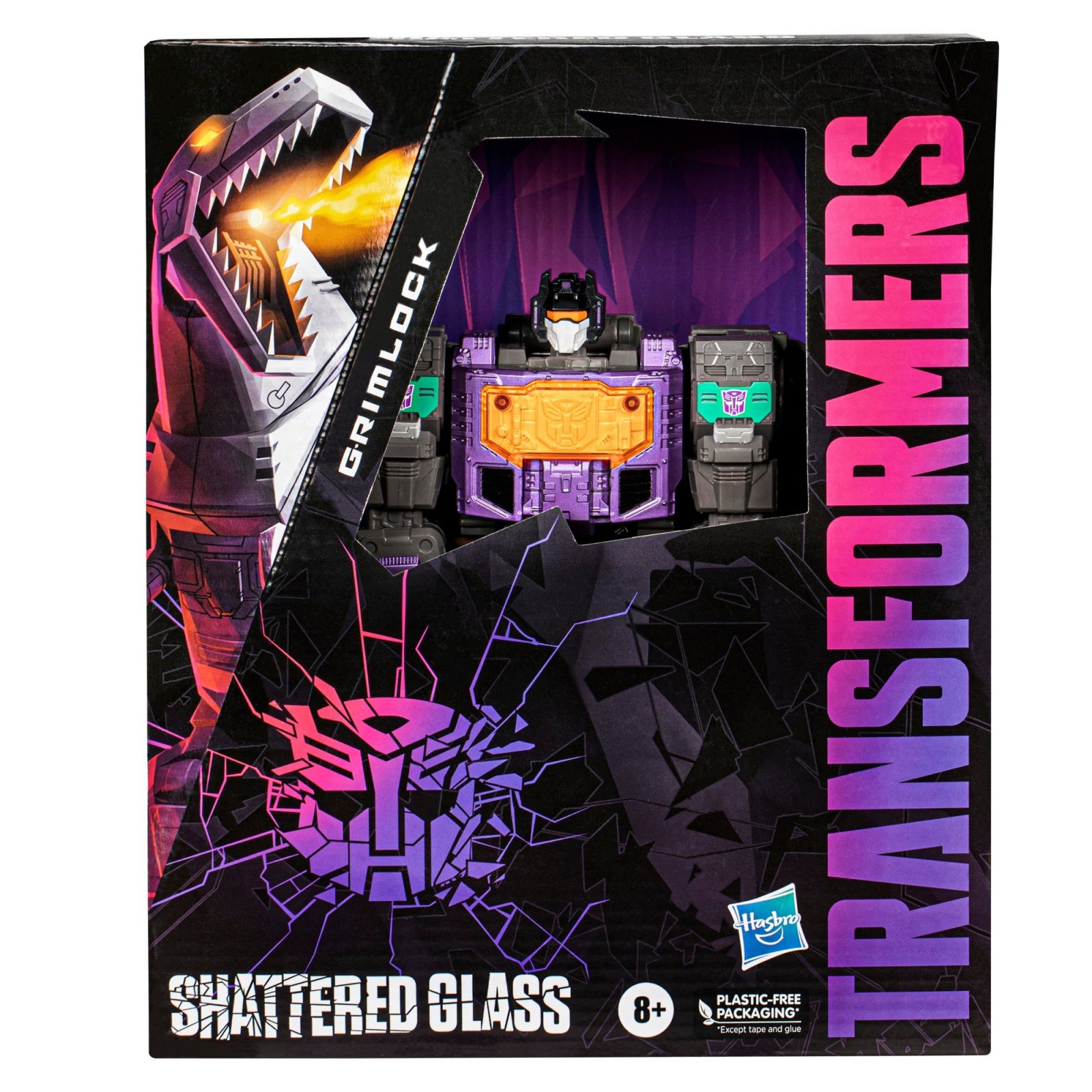

Soon players learned to ‘mark’ (with magic runes that can be used for teleporting needs) certain treasure spots, where treasure chests can be found, and the “treasure hunting” became a “recall in>recall out” type of thing. Even then, however, T-Map or MiB’s (message in a bottle, sea version of t-map system) were merely mini games, which allowed some players to get quick cash and high-end loot in a little amount of time. Fishing did not make much sense until the treasure maps were introduced somewhere between the first and the second expansion. In fact the colored types of metal ore were introduced only years after the game was officially released, and it took even more years to introduce the new types of wood and the new crafting skills. For instance, crafting did not have much options during the early days of UO. In fact, most of other game’s features were poorly designed. A screenshot presumably portraying the ‘justice’ of killing a player killer by the ‘non-player killers’ after the red character (apparently) tried to kill a miner. became UO’s main forces which were driving gameplay. Direct PvP (Player versus Player) activities, such as player killing, “ganking” (outnumbering), “red hunting” (hunting the ‘red’ or player killers by the “blues”/non player killers) and PvP-based events, as well as indirect PvP, including luring players out of the guard zone, provoking monsters on the players, blocking dungeon entrances, house looting etc. It somehow became clear that Origins’s promises of the massive persistent world with deep storyline and actions, which have consequences on the rest of the world perished in vain. (Presumably) player body parts (center), player ghosts (right) and people in “death robes” are seen, indicating a fight, which broke out shortly before the screenshot was captured.

Players gather outside of Minoc (town in UO). Most of the player base notably participated in the game’s only ‘real fun’ option.

Soon, however, the role of player killing became global while displacing other in-game elements, such as trading, crafting, running a household, or PvM (Player versus Monster) activities. The world was anything but safe and for this reason, social interaction became not merely an obvious feature of the virtual environment but a crucial aspect of UO’s online community which at some point almost fascistically dictated the “live by sword, die by the sword” wisdom. This, unlike most of the other MMO’s created a special in-game atmosphere, where players could take different roles, yet also had to pay attention to their behavior as certain ill activities towards other players could easily provoke analogous reaction. In fact, in Ultima Online players could be killed by other players or the so-called “player-killers”, who not only could kill you, but also possess all of your hard-earned belongings. This, however, in the most if not all of the cases of popular titles feels trivial in comparison with UO. Players gather for a boss raid, take a part in massive fights, farm different monsters, trade, and spend their time in long discussions. Imagine somewhat soulless player-driven activities in such popular titles as the World of Warcraft or the Lineage II. Initially, UO players could (and still can) interact with other actors not merely by the fact of mutual existence within the online community, but also considering certain moral influences, which limited their conduct. The classic periods of Ultima Online, such as its release version (UO: Shattered Legacy) and the first expansion (The Second Age) are considered by many fans as the “golden days of UO”. What makes Ultima Online so incomparable to other online games is perhaps its unusual way introduce the phenomenon of online gaming. Upon these days many online players, who previously used to play UO struggle to find anything that is at least somewhat comparable to the great predecessor of online RPG’s. It was a brave attempt to introduce a living persistent virtual world, whose history is traced back to the glory of well-known Ultima titles. In part II I will describe what is the role of UO: Quintessence in facilitating player-run economy in the massive online RPG, which regulates in-game social interactions, unlike the strict mechanical regulations, such as the Trammel.įor years, UO has been considered one of the most fascinating MMO’s, which combined both game design simplicity, great social interaction, interesting gameplay and the atmosphere, which no other online world could offer during the time when Ultima Online was released in 1997. I decided to start a blog on the issues of Ultima Online, namely its combat-oriented gameplay mechanism that created a vastly open world PvP environment, which upon today is enjoyed by many online gamers, while also added a stratification between the players which eventually lead to UO’s demise.


 0 kommentar(er)
0 kommentar(er)
